People in the Nam Tra My highlands settle down and stabilize their lives in safe areas. In the photo: Lang Loan village, Tra Cang commune. Photo: HO QUAN
View from Nam Tra My
On our last trip to the highlands, we had the opportunity to survey landslide areas with Mr. Phung Ba Nghia - a cadastral and construction officer of Tra Tap commune. Talking to him on the way, we fully understood the hardships and concerns of those who are always concerned about housing for the people in the highlands.
Tra Tap is surrounded by mountains, finding a safe place to settle is not easy. Leveling the land and interfering with nature has never been the optimal solution.
Last year, Lang Luong village faced the risk of landslides. The local authorities had to hold meetings with the people and consult with experts many times before choosing a suitable location. Although they had resources and were ready to support, they were still "powerless" in leveling the ground due to the steep slope and heavy rains that made the ground muddy.
Relocating people from the protected forest area to a new location was equally difficult. Mr. Nghia said that Rang Di peak still has no road or electricity and is located precariously on the top of a hill. To get to the village, one must walk for hours. Although the relocation plan was made very early, it took officials from the district to the village many years of hard work to reach a “common voice” with the people.
“People do not want to leave because the old village is closely connected to the place of production, although living conditions are still difficult. Some people carry a bunch of bananas from the roof to the district to sell for 15,000 VND, just enough to buy water along the way, and return empty-handed...
But it is also those who dare to step out of the village framework, learn new things and then tell the people, who have created a strong change in awareness. In 2024, Rang Di roof agreed to move and arrange to a new, safer location, but with that comes the problem of livelihood..." - Mr. Nghia shared.
There are also cases where the locality finds a suitable site, meeting safety criteria, close to production areas, and favorable for infrastructure investment, but people refuse because that place has had a “bad death”. This idea is deeply ingrained in the perception. Some families have even moved 4-5 times in just ten years.
Mr. Nguyen Do Tri - Vice Chairman of Tra Cang Commune People's Committee confided: Last year, when relocating Tak Chay village, the locality also had a headache because of a similar situation. The land was beautiful but people refused to move in, so they had to arrange to live in neighboring residential areas...
According to a survey by the People's Committee of Nam Tra My district, the whole district has 3,244 households included in the population arrangement and stabilization plan for the period 2021 - 2025 (an increase of 700 households compared to the target assigned by Resolution No. 23 of the Provincial People's Council due to the impact of natural disasters).
From 2021 to 2024, Nam Tra My has approved support for nearly 1,000 households in 24 residential areas under Resolution No. 23, with a budget of nearly VND 87.8 billion. In the first 5 months of 2025, the District People's Committee continued to approve 7 residential areas with 239 households, with a total budget allocated to the commune level of nearly VND 34 billion. This is a great effort, demonstrating the determination to bring the resolution into the lives of this mountainous locality.
Mr. Tran Van Man - Vice Chairman of the District People's Committee said that the advantage is that people promote solidarity, help each other move houses, assets, build new houses, contributing to reducing construction investment costs.
Localities have prioritized support for the relocation of high-risk households to safe places. Thereby, contributing to the effective implementation of policies to support production stabilization, encourage people to escape poverty sustainably and invest in infrastructure associated with new rural construction.
Promoting policy effectiveness
Over the past 20 years, Tay Giang has been the locality that has implemented the best housing policy in the province. From investment and support resources, the district has leveled resettlement sites at more than 130 residential areas to accommodate more than 4,000 households.
People in the Nam Tra My highlands unite and help each other move to new homes. In the photo: People in Lang Luong village, Tra Tap commune help each other dismantle old houses. Photo: HO QUAN
Of these, 1,386 households were relocated according to Resolution No. 12/2017 of the Provincial People's Council, with a budget of nearly 60 billion VND. In particular, in recent years, this border district has continued to effectively implement Resolution No. 23/2021 with 442/476 households relocating their houses to safe places, with a total budget of about 41.2 billion VND.
Thanks to population arrangement, Tay Giang people have been relatively safe through severe natural disasters for many years. Mr. Bhling Mia - Secretary of Tay Giang District Party Committee said that the locality focuses on selecting locations and planning resettlement sites to connect residential areas with production areas, in accordance with customs and practices, adapting to climate change and ensuring national defense and security.
This is also the premise for Tay Giang to invest synchronously in essential infrastructure in resettlement areas, thereby creating favorable conditions for people's lives in accordance with the motto "new places are better and safer than old places". Up to now, all 10 communes in the area have car roads to the commune center; 98% of rural roads are concreted; more than 95% of households use national grid electricity...
Implementing Resolution No. 23 of the Provincial People's Council, up to now, the whole province has more than 2,500 households being resettled. It is expected that by the end of 2025, 3,786 households will be resettled and have their lives stabilized, with an estimated cost of about 359 billion VND.
Mr. Ho Quang Buu - Vice Chairman of the Provincial People's Committee said that the mountainous area of Quang Nam has fragmented terrain, steep slopes, and is often affected by natural disasters and climate change, while the monitoring and warning system still has many limitations.
In recent times, the province has made efforts to review and assess the level of natural disaster risks in existing residential areas and planned resettlement sites on a scientific basis, in accordance with planning and ensuring living conditions for people. Resettlement is mainly arranged in a mixed form, limiting the construction of concentrated resettlement areas to avoid the risk of landslides due to land leveling.
“Quang Nam will focus on restoring natural forests, establishing landslide warning maps, installing early monitoring systems in high-risk areas, as a scientific basis for integrating solutions to stabilize populations with sustainable development in mountainous areas,” said Mr. Buu.
According to Mr. Nguyen Cong Thanh - Vice Chairman of the Provincial People's Council, among the specific mechanisms and policies for ethnic minority and mountainous areas, Resolution No. 23/2021 on arranging and stabilizing mountainous population is a policy that has been successfully implemented and has shown clear effectiveness.
Because this policy is suitable for the conditions and actual needs and creates a change in people's awareness of "settling down and having a career", arousing the spirit of striving. Thanks to that, the poverty rate in ethnic minority areas has decreased by an average of 9% per year, contributing to the revival of the Western region, narrowing the gap with the delta region.
Source: https://baoquangnam.vn/giai-bai-toan-an-cu-vung-cao-3157086.html


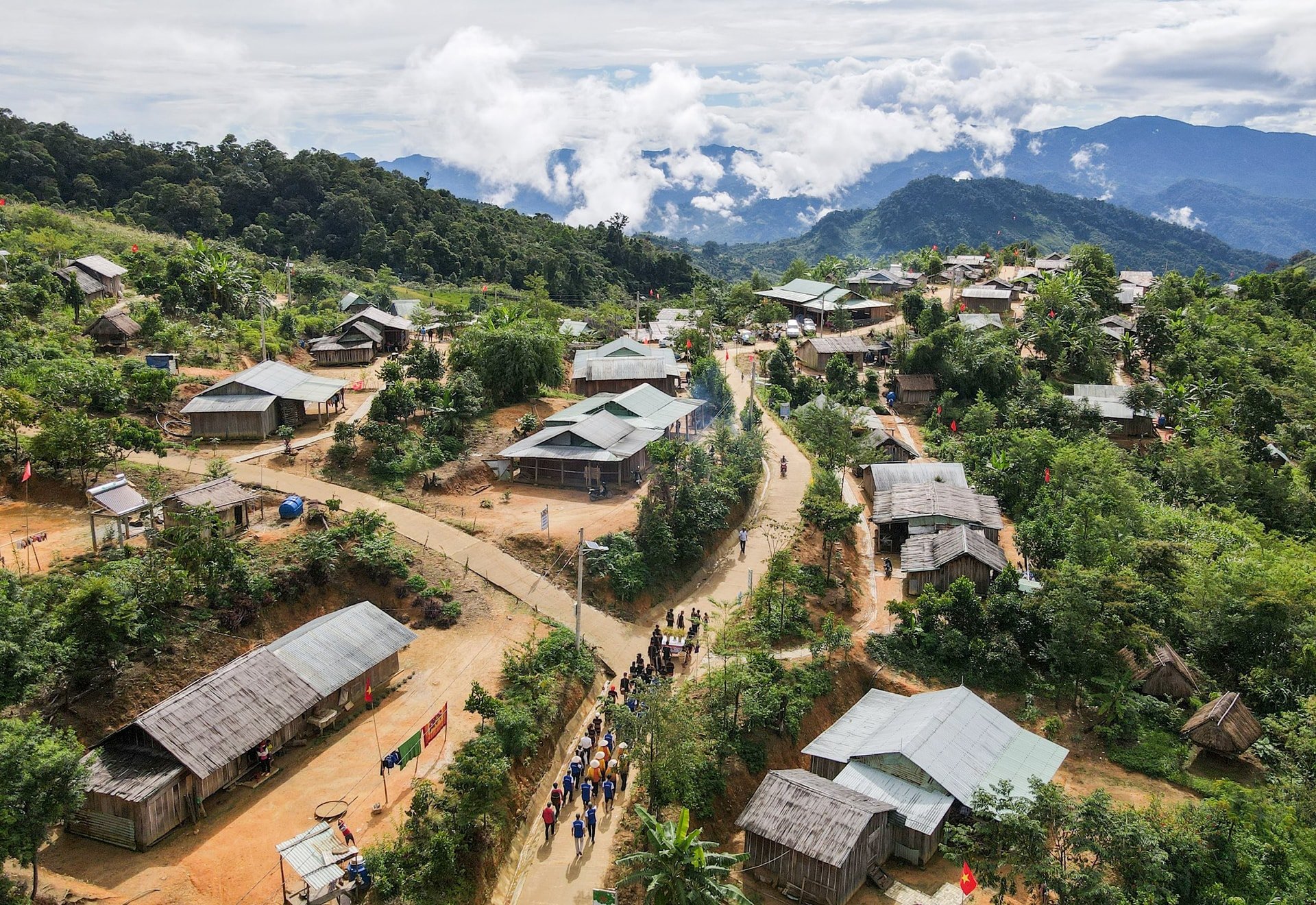
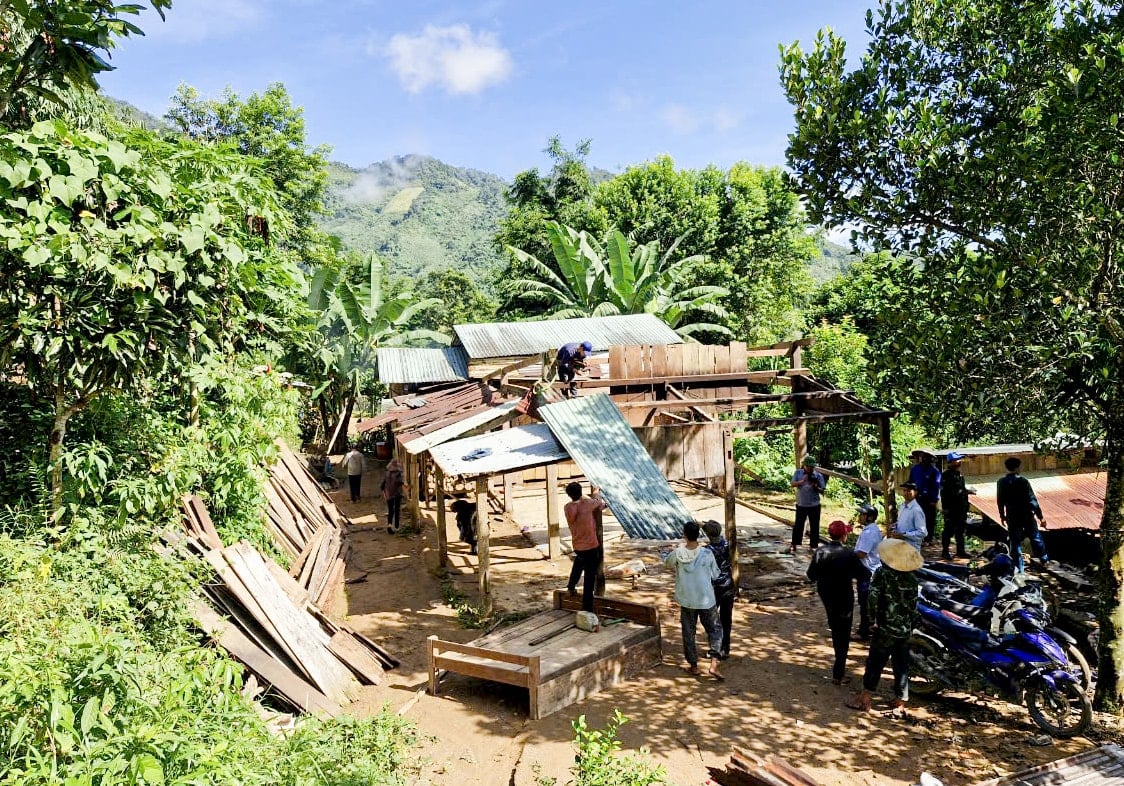




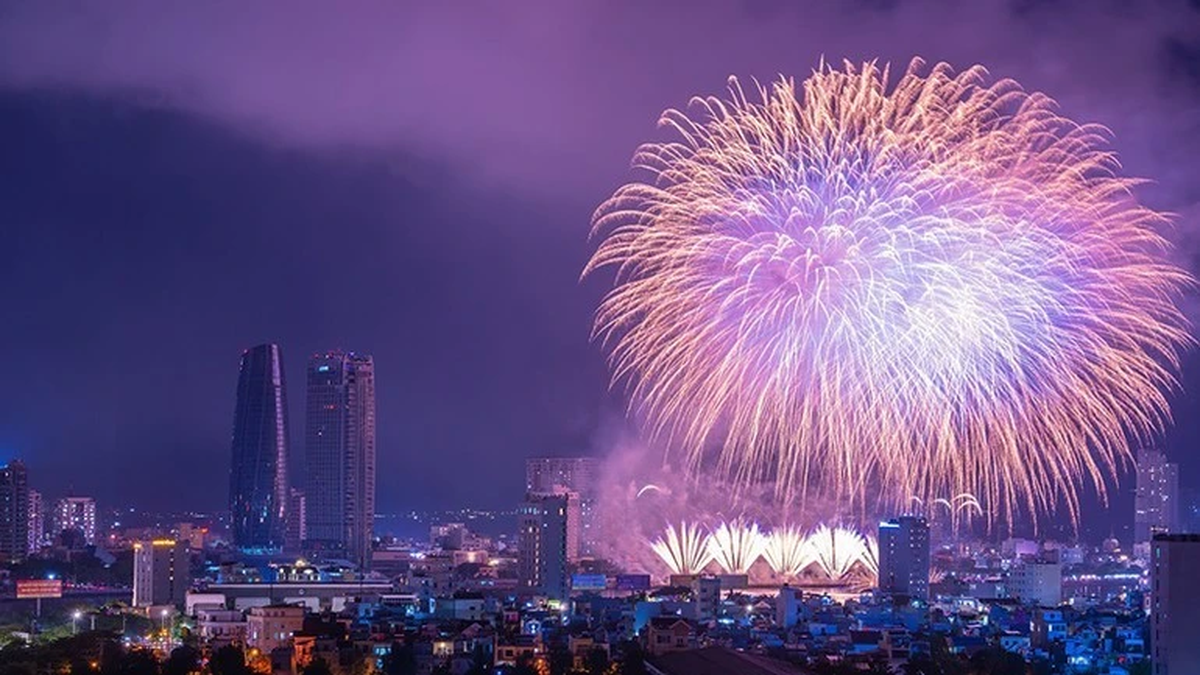

















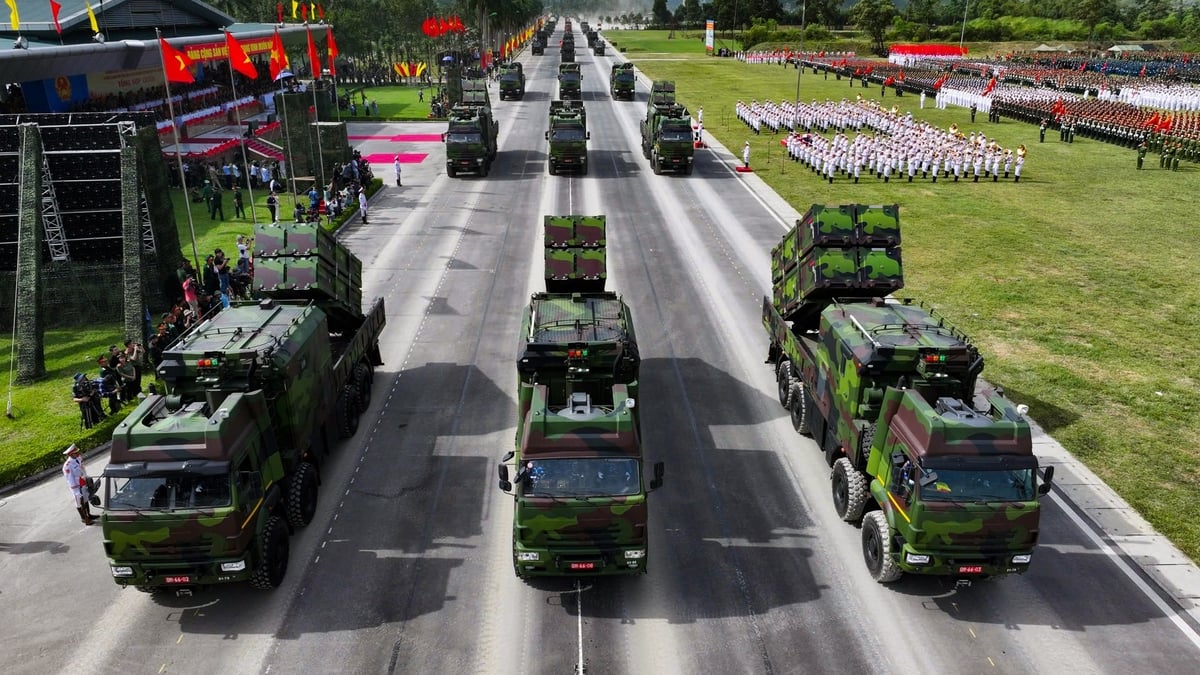

![[Photo] Nghe An: Provincial Road 543D seriously eroded due to floods](https://vphoto.vietnam.vn/thumb/1200x675/vietnam/resource/IMAGE/2025/8/5/5759d3837c26428799f6d929fa274493)
![[Photo] Discover the "wonder" under the sea of Gia Lai](https://vphoto.vietnam.vn/thumb/1200x675/vietnam/resource/IMAGE/2025/8/6/befd4a58bb1245419e86ebe353525f97)


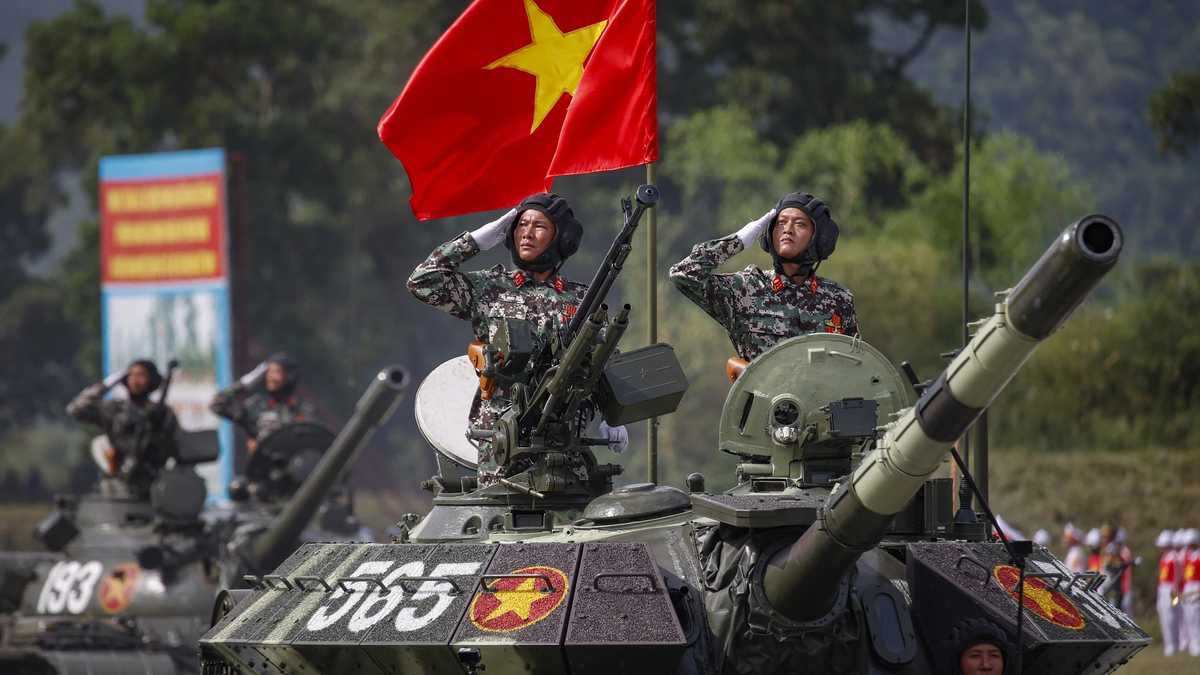

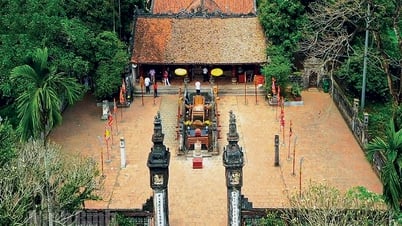

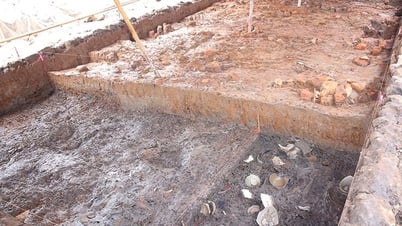





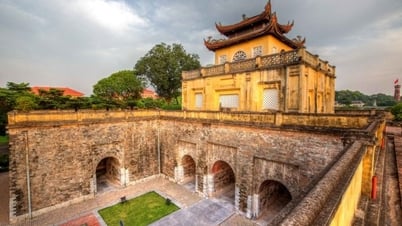

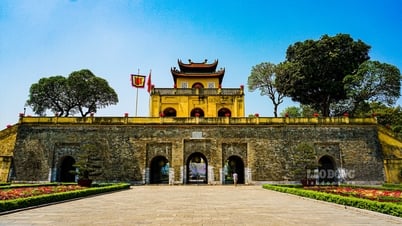






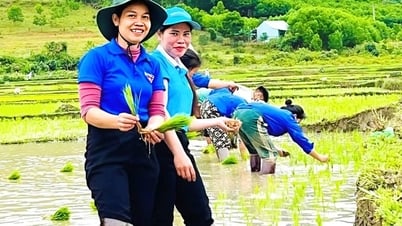






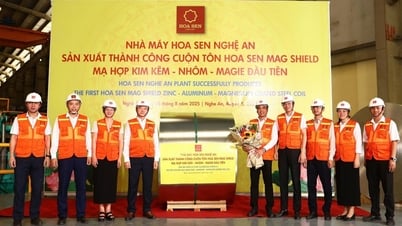














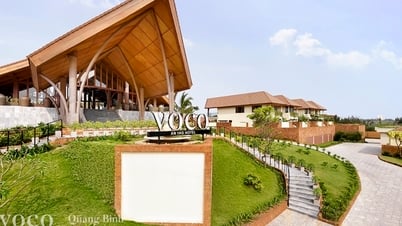
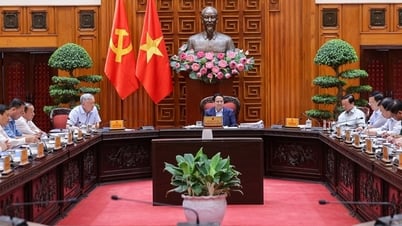













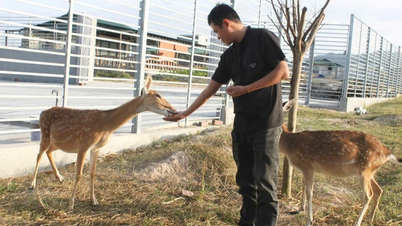







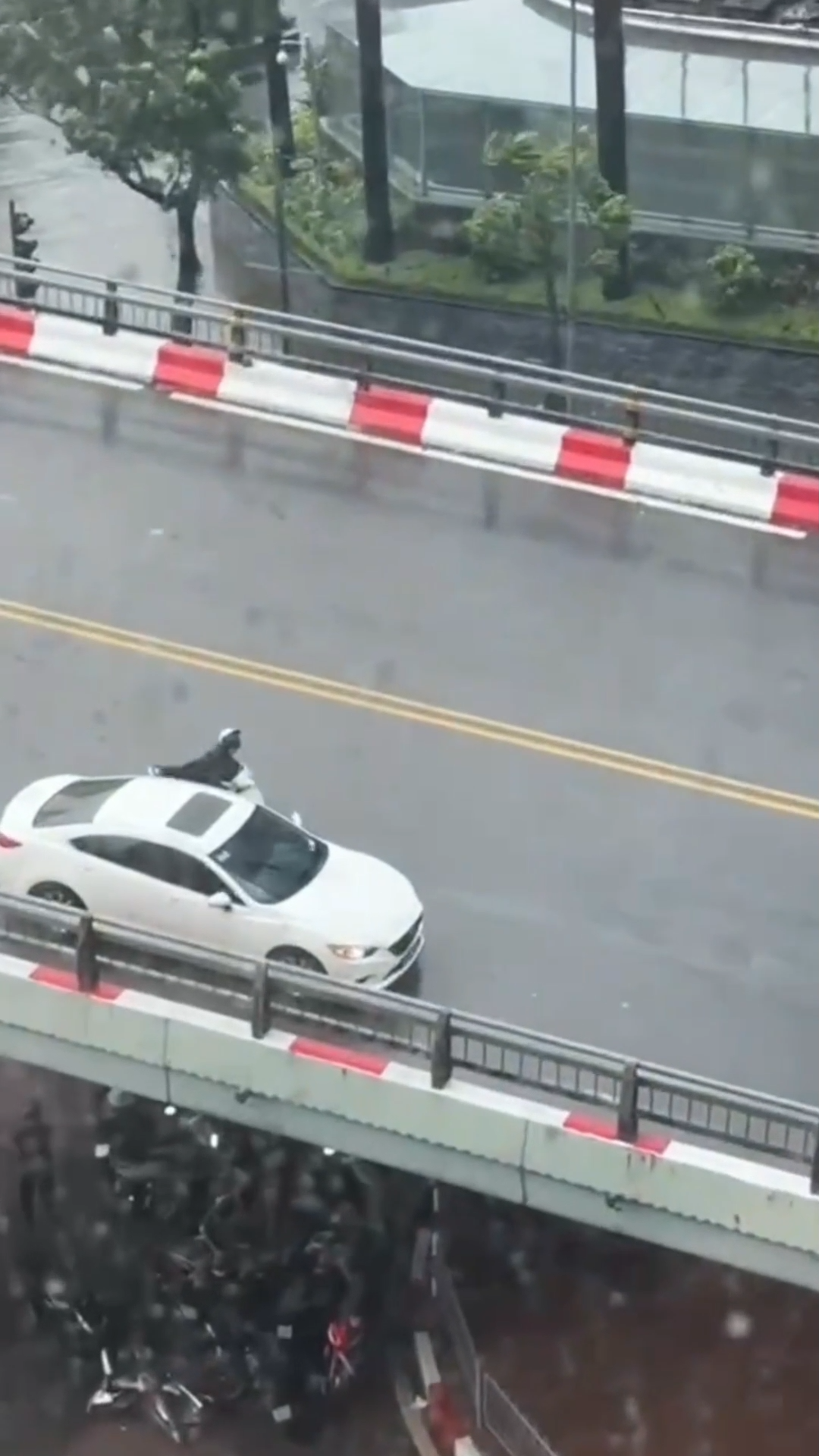
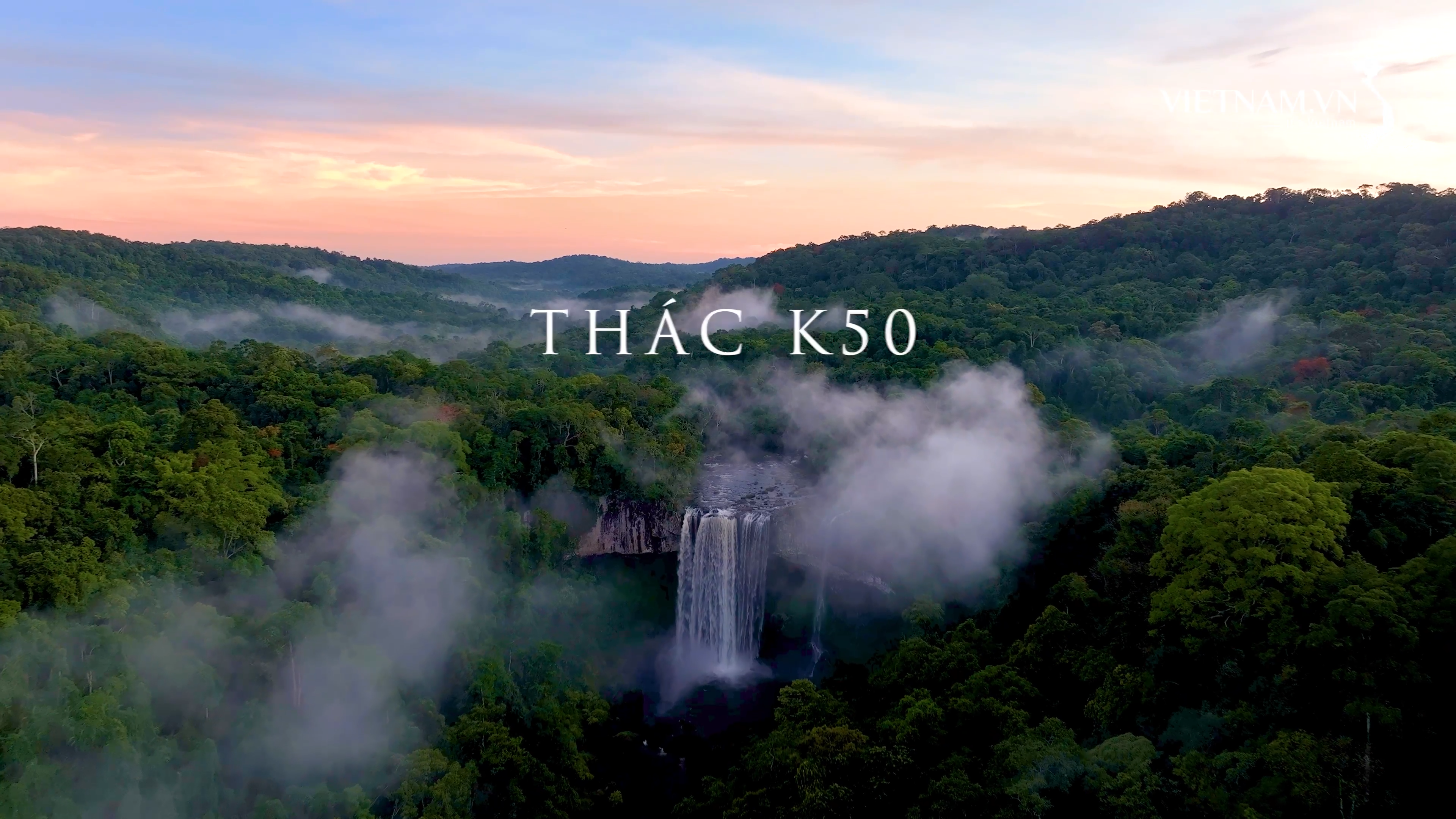


Comment (0)